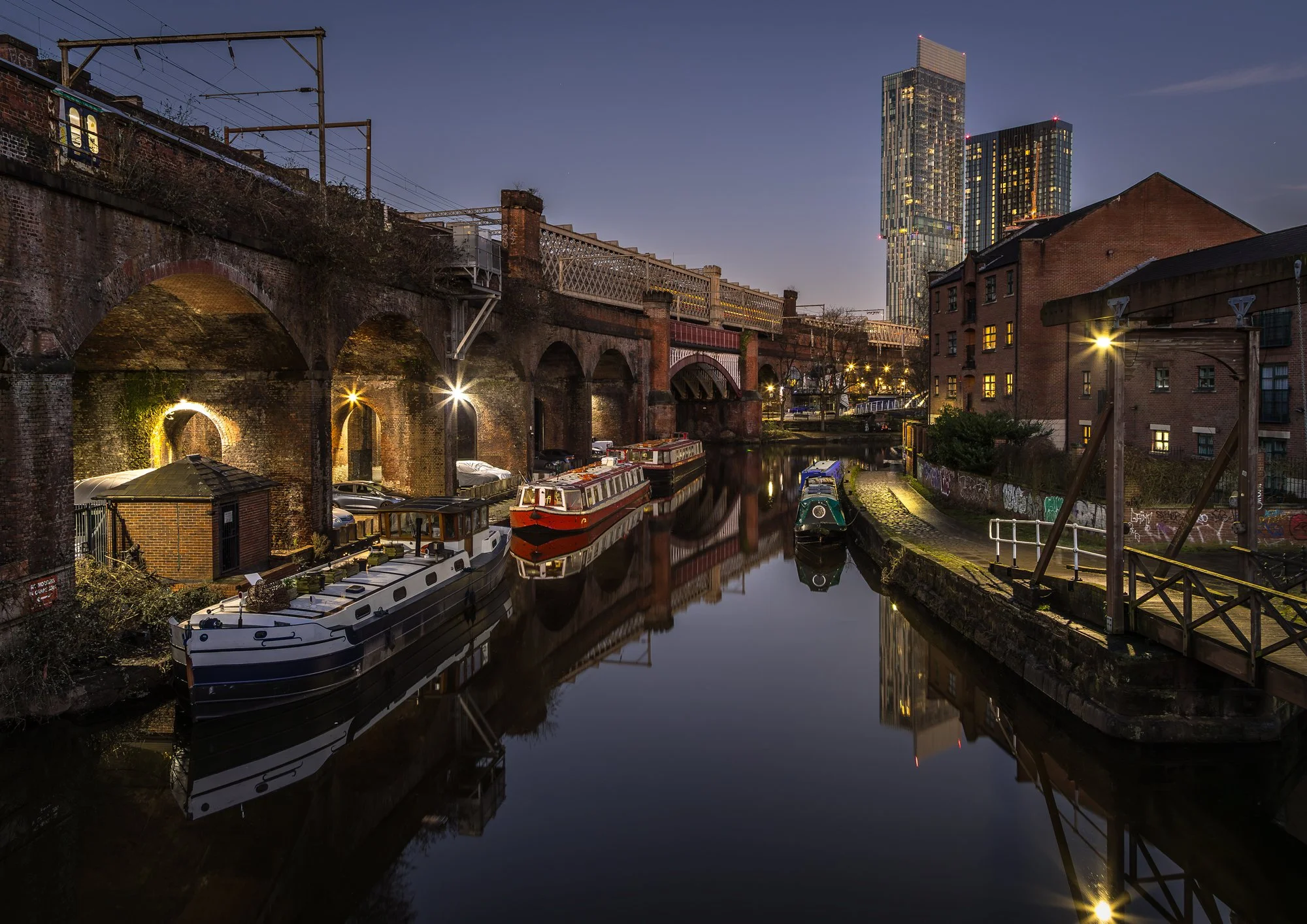Reflecting on the Past Year
The past twelve months have been a challenging period, marked by significant changes in my health and vision. As I grapple with the reality of using a long cane to navigate my surroundings, the most profound impact has been on my ability to pursue my passion for photography.
A Year of Decline
As my sight began to deteriorate, everyday tasks became increasingly difficult. My consultants have registered me as disabled / vision impaired. The once familiar and comforting act of capturing moments through my camera lens turned into a daunting endeavour. My hands trembled, not just from the physical strain but from the anxiety of losing the ability to see the world as I once did.
The cane became my constant companion, guiding me through the maze of obstacles that seemed to multiply overnight. Yet, despite this aid, it was the loss of visual clarity that weighed heaviest on my heart. No longer could I effortlessly frame a shot, rely on my instincts, or trust my eyes to capture the images I wanted.
As a photography business I didn’t have new photos to display and even missed having my stall on some artisan markets due to not being able see anything on a bad day.
The Struggle with Photography
For over six months, my camera may as well lay idle, a silent witness to my struggle.
I couldn’t see the detail on the back of my camera. Each attempt to rekindle my love for photography resulted in disappointment. The photos I took failed to evoke the emotions I once felt. The colours seemed muted, the focus elusive, and the composition lacking the spark of creativity that once defined my work.
The frustration was immense. Photography had always been my escape, my way of expressing the inexpressible. It was through the lens that I connected with the world, capturing moments that spoke to the soul. Yet, as my vision dimmed, so did my ability to create.
Acceptance and Adaptation
Coming to terms with my new reality was not easy. The transition from a vibrant visual storyteller to someone struggling to capture a clear image was heart-wrenching. But amidst the turmoil, I found a silver lining—a renewed determination to adapt and overcome.
I began to explore new techniques, relying more on contrasts, tactile cues and auditory signals to guide my photography. I experimented with different settings, learning to trust the camera’s autofocus and exploring post-processing tools to find the detail to enhance my images. It was a steep learning curve, but it brought a sense of purpose back into my life.
Looking Forward
As I reflect on the past year, I realize that my journey through deteriorating sight and health has not only challenged me but also reshaped my perspective on life and art. Every photo I take now carries a deeper meaning, a testament to resilience and the unwavering human spirit.
Though my vision may never return to its former clarity, my passion for photography remains undiminished. It is through these struggles that I have discovered new ways to see, new ways to capture, and new ways to connect with the world around me.
In the coming months, I look forward to continuing this journey, embracing the challenges, and finding beauty in the unexpected. My sight may have deteriorated, but my vision my ability to envision, create, and share remains as strong as ever.
This is one of my recently taken photos
This is a link to a related YouTube video



